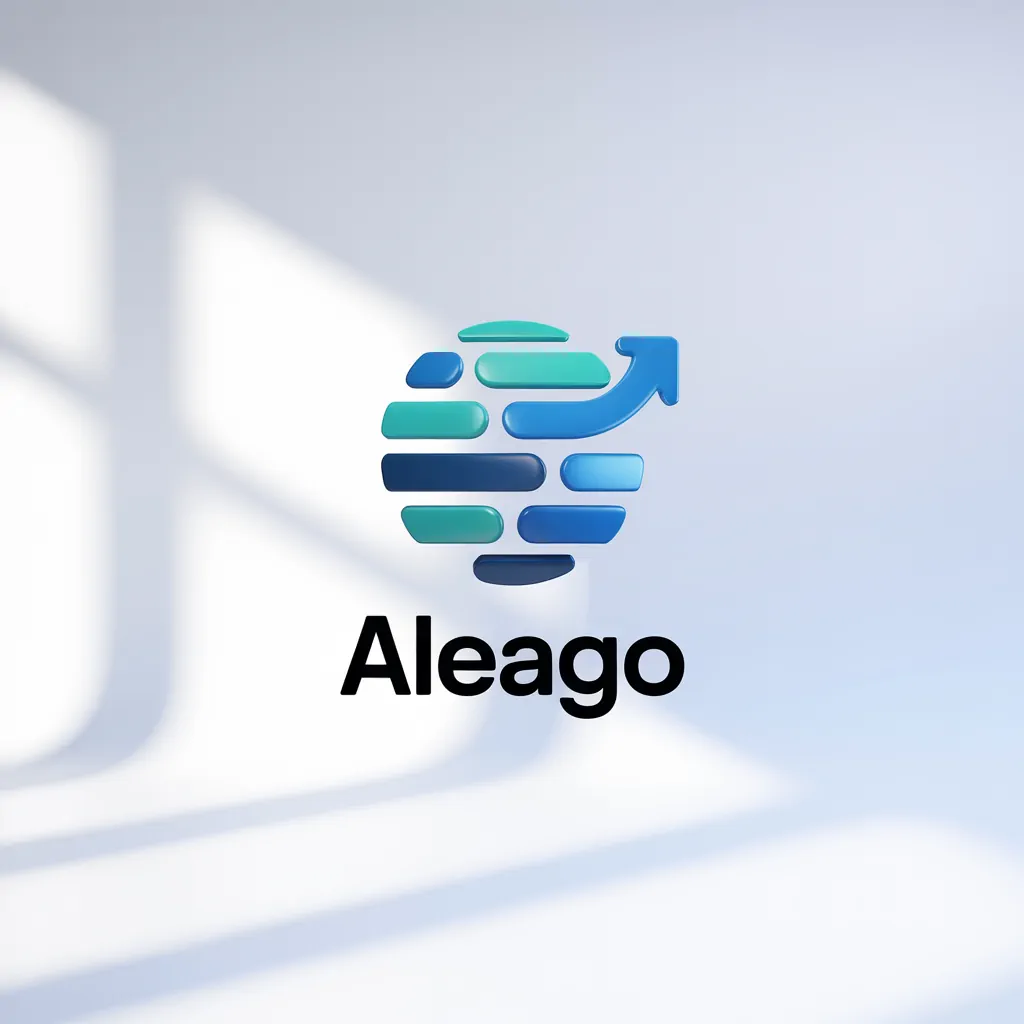Startups
Browse premium domain names carefully selected for your industry.
Your domain is key for growth. Premium domains start you off strong. Short .com names are memorable, easy to type, and scale well. Research by Verisign highlights that .com domains are trusted and remembered. This is vital for search results and direct navigation.
Choosing the right name reduces marketing efforts. A short, strong .com domain improves click-throughs, cuts costs, and increases referrals. It's the top choice for startups needing reliability in all marketing materials.
This guide offers a solid strategy for startup domains. You'll learn how to match your name with your identity and ensure it's easy to find. It will help you check a domain's value and match it with your products and social media. This creates a unified brand image.
You'll end up with a clear choice: a unique .com that grows with your business. As you introduce new products and enter new markets, your domain will support you. To see your options, check out Brandtune.com, the market for .com domains.
Why Premium Brandable Short .com Names Accelerate Startup Growth
Your domain acts as a beacon and shortcut. A smart short .com name helps people act fast by making things smoother. It makes your brand easy to remember, helps your startup grow, and prepares you for the global stage right away.
Memorability and Word-of-Mouth Advantages
Short and unique names are remembered easily. Brands like Stripe and Slack prove that simple names are shared easily. They're easy to remember and talk about, making them more popular.
Easy names help people remember your brand when it starts. When more people say your name, your message spreads wider without extra costs.
Direct Navigation and Type-In Traffic Benefits
People often try to guess the .com. A simple name grabs those guesses and avoids losing them to similar domains. Direct visits are great because people really want what you’re offering.
If your .com is easy to spell, your ads work better. This means more right clicks and steady growth.
Perceived Credibility and Investor Confidence
Having the right .com shows you're serious and focused. It makes selling easier and improves how people see your emails. A trustworthy domain means your emails get read more.
A strong name also impresses investors. It shows you're thinking big, and that your brand could be worth a lot. This helps tell a story of long-term growth.
International Readability and Pronunciation Simplicity
Names that are easy to say catch on quicker worldwide. Easy patterns mean people everywhere can say your name right. This helps your brand in podcasts, videos, and public talks.
Short .com names work everywhere, even in subtitles or voice-overs. They help you enter new markets easily while keeping your message clear.
Choose the Best Premium Domain Name for Startups Business
Your domain should be a boost, easy to say and share. It should help your business grow. Think about how clear and catchy it is. Also, consider how long the name is and if it matches your brand's tone. Your name should also fit well now and in the future.
Defining Brandable: Short, Simple, and Distinctive
Keep it short: aim for 4–8 letters, and just one word if you can. Pick something unique but easy to get at a quick look. It should also sound good when said out loud. Stay away from common words unless they really tell your story. Being different helps you stand out online and in social media.
Your name should be easy to spot in a busy online world. A short, catchy name works better on apps and online ads. This makes your brand pop without needing a tricky spelling.
Assessing Length, Phonetics, and Spelling Ease
Stick to names that are short and sweet. Make sure it's easy to write after hearing it once. Avoid using double letters which can lead to mistakes. Choose sounds that are clearly linked to their spelling. This helps in demos and when talking to customers.
Find a balance between the name's length and how easy it is to say. Quick tests will tell you if people can remember it after hearing it once. This is great for customer service and when you're at events.
Matching Domain Tone to Your Value Proposition
The name's sound should match your business. For example, tech names might have stronger sounds. Creative brands might like softer vowels. Your name should reflect your ads, pitches, and how you welcome new users. It should make people trust you and get what you're about.
Look at big names like Stripe or Canva for inspiration. The right sound can set the stage for your pricing and how people see you.
Future-Proofing for Product and Market Expansion
Think ahead when picking a name. Choose one that can grow into new areas and countries. Names that are a bit vague can be good as you add more products.
Stay away from names that limit your growth. Test the name with your future plans. Make sure it will still work as you grow and change.
Keyword Strategy for Brandable Domains Without Compromising Branding
Your domain should quickly show its value while being flexible as you grow. Consider the pros and cons of branded versus keyword domains. Then, make your choice based on your market entry plan, future growth, and content strategy. Use smart ways to keep your domain unique without losing out on search visibility.
Balancing Exact-Match, Partial-Match, and Pure Brandables
Exact-match domains grab attention quickly but can seem too simple or narrow. A partial match combines a category clue with a unique name, making you easy to find and own. Pure brandables stick in the mind and build your brand’s value; boost them with solid SEO work on your site.
See how each choice affects how people see you and interact with your ads and website. Try different ad texts, search previews, and homepage designs to find what engages people the most. Use real feedback from users to decide what to do next.
Using Descriptive Root Words and Relevant Suffixes
Pick root words related to results or fields, like flow, boost, or cloud. Use suffixes that make sense, like lab, app, or studio, and aim for a .com name. Your name should be short, simple to say, and spell.
Test how the entire name sounds when said out loud. Cut down on extra parts that make it hard to remember. Names that sound strong are remembered better everywhere.
SEO Considerations: Click-Through Rate, Dwell Time, and Links
Today, search engines reward user engagement. A well-chosen brandable name can improve click rates and keep people on your site longer. Clear names make others more likely to mention you, boosting SEO over time.
Keep an eye on the intention behind searches and the richness of your content. As more people search for your brand, you’ll gain authority. This enhances your visibility for big keywords.
When to Use Prefixes or Suffixes for Availability
If your ideal name is taken, add simple modifiers that don’t change its meaning, like get, try, or category clues like pay or ai. Use these as ways to get a good domain now and think about upgrading later.
Make sure the added part doesn’t limit your brand as it grows. Aim for the perfect .com when you can afford it and the time is right.
Always weigh branded against keyword domains to keep a good balance. Use a partial match approach where it works best, choose descriptive suffixes carefully, and monitor SEO signals to guide your decisions.
Evaluating Domain Quality Signals Before You Buy
Your domain is your brand's front door. Treat it like launching a product: check it carefully, test the name, and make sure it's safe before you choose. Doing this now saves trouble later.
Clarity Test: Say-It-Once and Spell-It-Right
Read the name out loud in a call and a quick video. Use tools like Google Meet or Zoom to see if there are mistakes. Also, check if people spell it right in voicemails. If more than 10% get it wrong, think about changing it. Your goal is a name clear enough to be recognized right away.
Avoiding Hyphens, Numbers, and Confusing Homophones
Hyphens and numbers make ads and calls harder. Words like “suite” and “sweet” can confuse people. Pick a name that most people understand the same way. This helps keep your brand safe and reduces customer service issues.
Checking Backlink Profile and Historical Use
Look up the domain's past on the internet. Use SEO tools to find any bad links or connections to spam. Make sure it's not on email blacklists to keep your emails going through. Clean records help your website get found easier and protect your name.
Market Comparables: Pricing Benchmarks and Value Drivers
Compare prices based on how short, easy to say, and in-demand the name is. Names that are easy, popular, or have a clear meaning cost more. Consider what makes a name valuable: does it sound positive, work in different businesses, or naturally attract interest? Plan your budget for buying and setting up the name, including your logo and tracking success.
Brand Architecture: Aligning Your Domain with Product, App, and Social Handles
First, secure your domain, app name, and main social handles all at once. This keeps your brand's name the same everywhere. It cuts down on customer questions and makes ads work better. Think of it as your checklist for branding everywhere.
Create clear name levels under your main brand for the website. Use a system for naming products. Make easy web addresses for things like docs and jobs. Make sure names used inside and outside your company match. This way, customers get the same story from start to support.
Check if your brand's name is free on big social sites—Instagram, X, LinkedIn, YouTube, GitHub, and TikTok. Aim to get the exact name of your brand. If that's taken, use simple add-ons like “app” or “hq.” Then, use the same add-ons across all platforms for consistency.
Make sure your brand's name works well on app stores and with voice assistants. Your name should be different from common searches on Apple App Store, Google Play, Siri, and Alexa. Easy-to-say names help avoid confusion and keep searches right on track within your brand plan.
Set up your branding system: redirect wrong spellings. Make clear UTM rules, and share how to name things for marketing, sales, and help teams. Keep track of how you name products and social media updates. This helps keep your brand consistent as you grow and start new things.
Where to Find and Secure Premium Brandable .com Names
Begin your journey on a special domain marketplace. Here, they check names, show logos, and give you prices. This makes choosing easier. Quickly make a list. Think about the name's length, tone, sounds, and growth potential. Rate each option for how well it works on your site, in ads, emails, and on podcasts. Also, look for matching social media names to keep your brand unified.
When you find a perfect name, act quickly like it's a big deal. Make sure everyone agrees, pick a deadline, and get your money ready. If you can talk about the price, keep it short and use facts. Look at similar sales, how much traffic you might get, and how the name fits your business. Make sure everything's set for using the domain: DNS, security, email, and tracking.
After you buy the domain, tell everyone the new name. Update your apps, help desk, billing, and legal stuff. Make sure you use the name the same way everywhere. Track changes in website visits, clicks, and searches to see if it was a good choice. Keep checking with reliable naming sources to be sure it works well for your customers and partners.
Now, find the perfect name for your company. Use a marketplace that specializes in great domain names. Build your list, move forward, and get a top-quality .com name easily. You can find great names at Brandtune.com.




















